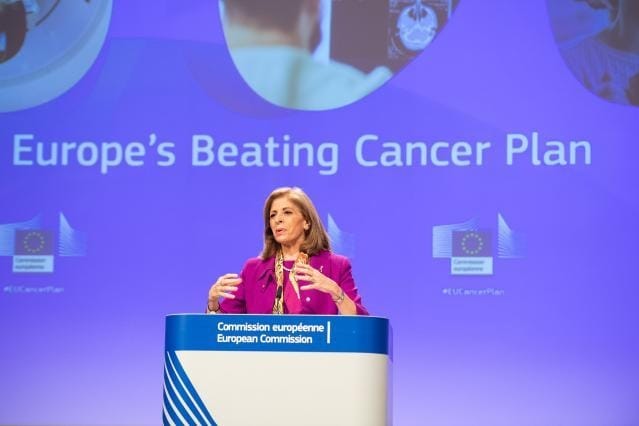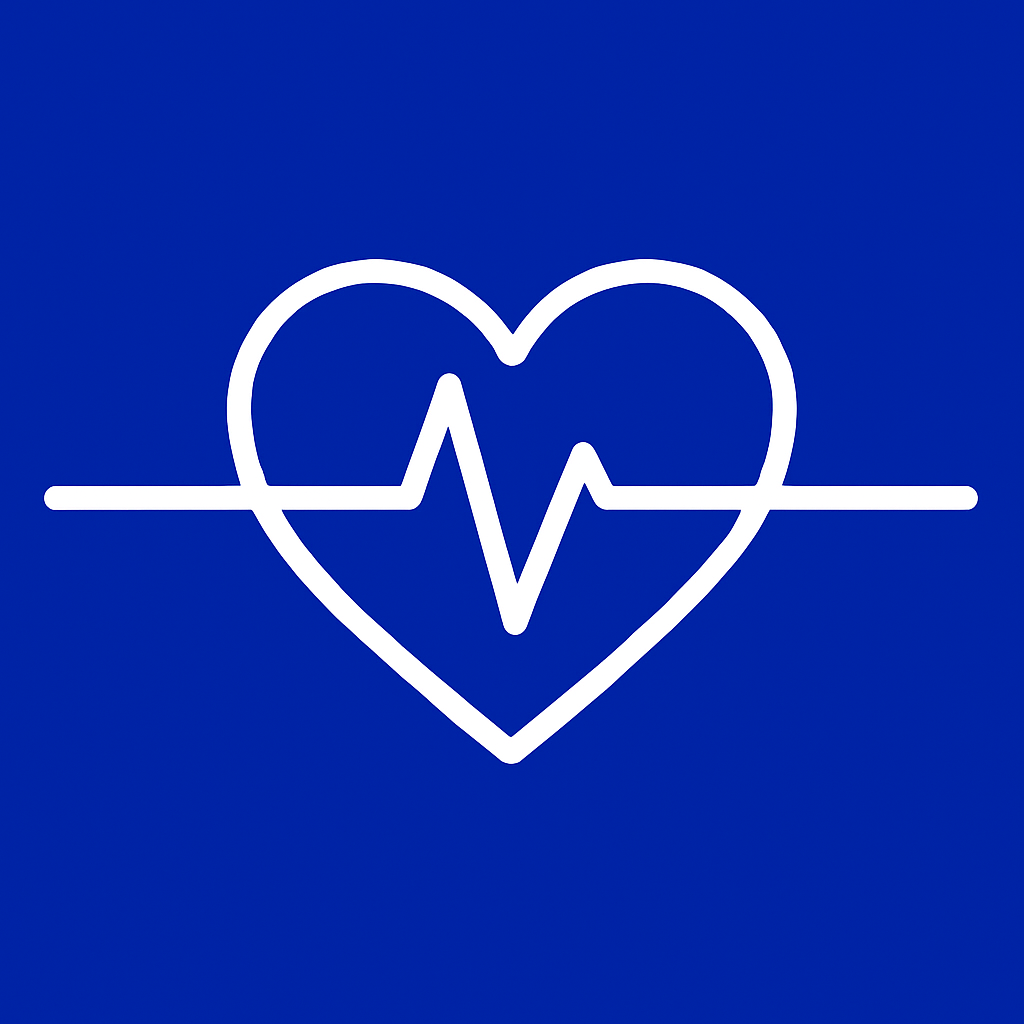Europe’s Beating Cancer Plan: Progress made, but prevention falters
Launched with much fanfare, the Parliament is examining what lessons can be learnt and how this can inform the cardiovascular plan expected soon

‘Europe’s Beating Cancer Plan: Implementation Findings’, presented yesterday (5 November) to the European Parliament’s Committee on Public Health (SANT) by Ran Orhan Pees from Ecorys consulting agency, found that the EU’s flagship Beating Cancer Plan (EBCP) is delivering results in some areas, but falling short when it comes to prevention, health equity, and long-term support for patients and survivors.
The findings come at a crucial moment: the European Commission’s ‘Action Plan on Cardiovascular Disease’, billed as the next big public health initiative from the EU, is due by the end of the year.
Orhan Pees pointed out the success in the efforts to eliminate cervical cancer caused by HPV, through EU-funded projects and joint actions to improve member-state capacity. The Council has also broadened its ambitions when it comes to screening for various cancers, now including gastric and lung cancer. However, implementation is patchy in other areas.
Poor on prevention
Health groups, particularly those working on tobacco, alcohol and nutrition, will say that you can’t be serious about beating cancer if you aren’t addressing its causes. This is where the EU’s implementation has been weak.
Tobacco control has stalled, with a revision of the Tobacco Taxation Directive still awaiting approval, and with a long-promised ‘Tobacco Products Directive’ yet to be presented. Alcohol policy is adrift, with member states and trade associations resisting any proposals for EU-wide taxation reform, labelling, or marketing restrictions.
Nutrition policy remains fragmented, with the front-of-pack nutrition labelling still stuck in limbo "despite broad stakeholder support and strong evidence of effectiveness", stakeholders complained that the European Commission has not tabled a legislative proposal.
In one instance a Commission recommendation on reducing exposure to UV radiation from sunbeds was suspended.
As the European Commission has made competitiveness its guiding principle, it is reluctant to impose further barriers on industry actors. In short: Europe is improving how it treats cancer, but still struggling to stop people getting it.
Survivors still face barriers
The Plan’s ambition to improve life after cancer, not just survival rates, is only partly realised.
Digital tools and EU-level initiatives have been launched; however, in reality, survivors still face barriers to financial services, patchy “right-to-be-forgotten” rules, and limited employment protection. Only 12 Member States have adopted laws to protect cancer survivors from financial discrimination, and most offer little to help patients returning to work.
The Commission said that a ‘code against cancer’ will be published next year.
Data gaps and workforce strain
While digital innovation is a success story, the report cautions that not all Member States are keeping pace. Rural and poorer regions risk being left behind when it comes to cancer care.
Meanwhile, the EU faces what the study calls a “double demographic challenge”: an ageing population and an ageing health workforce. Without more substantial investment in training and retention, the bloc may struggle to deliver the Plan’s promises.
Where governance falters
Multiple funding streams, patchy coordination, and a lack of standard indicators mean it’s hard to measure real impact.
A forthcoming European Court of Auditors report on the plan is expected early next year. It will likely delve deeper into these governance and accountability issues.
Lessons for the Upcoming Cardiovascular Disease Plan
Why does this matter beyond cancer? Because Brussels wants to replicate the ‘Beating Cancer’ model for other chronic diseases — starting with cardiovascular disease, Europe’s leading killer.
According to the Ecorys study, the EBCP has enhanced policy coherence and catalyzed national alignment across the EU; however, fragmented governance and the absence of a central coordinating body have limited its strategic impact and transparency.
Ecorys said that stakeholders consistently highlighted the complexity and short-term nature of EU funding mechanisms, calling for more sustainable, inclusive, and streamlined financial support. While the EBCP’s adaptability and focus on quality of life are seen as strengths, it hasn’t been able to address health inequalities adequately.
Romanian MEP Vlad Vasile-Voiculescu (Renew), who is the rapporteur on the implementation report said that EBCP was not just a strategy but a test on whether the EU can turn ambition into tangible results.
